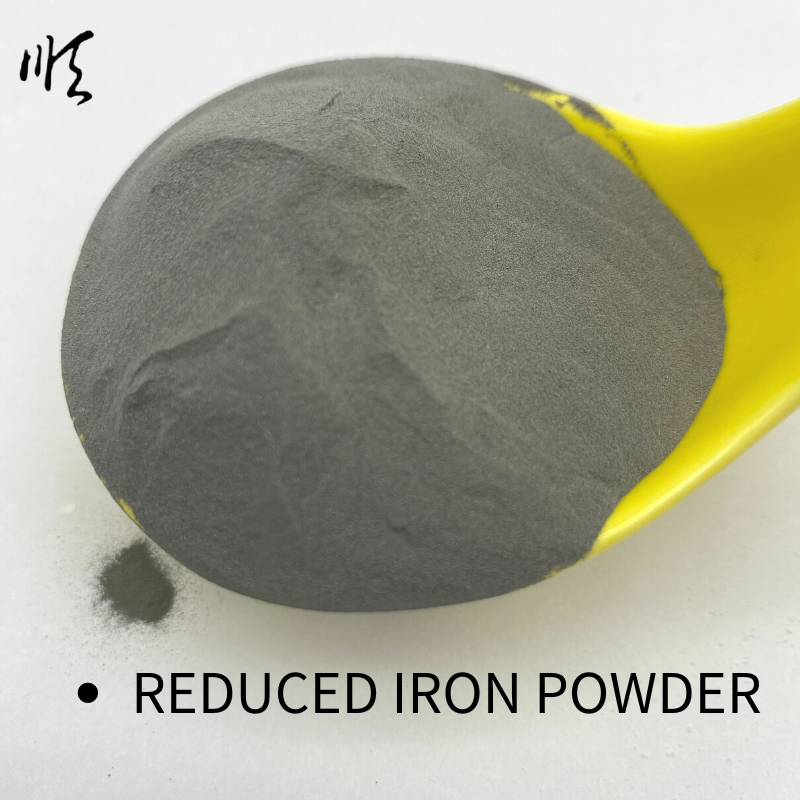
production of silica fume
The Production of Silica Fume A Comprehensive Overview
Silica fume, also known as microsilica, is a byproduct of the production of silicon metal or ferrosilicon alloys. It is a fine particulate material composed primarily of amorphous silica, with its particles being about 100 times smaller than that of cement. Silica fume has gained significant attention in the construction and manufacturing industries, primarily due to its remarkable properties and benefits when used as an additive in concrete and cement-based materials.
Production Process
The production of silica fume begins with the smelting of quartz in an electric arc furnace, where high temperatures (around 2,000°C) are required to reduce silica (SiO2) into silicon (Si). During this process, the silica fume is generated as a fine dust as the silicon is produced. This byproduct collects in the exhaust systems of the furnaces before it is filtered out and collected for further use. The collection process is essential, as it prevents the fine particles from being released into the atmosphere, which could have adverse effects on both environmental and human health.
After collection, silica fume is often treated to ensure its suitability for various applications. This treatment can involve drying and grinding to enhance its reactivity and improve its physical characteristics. The resulting product is a highly reactive pozzolanic material that can significantly improve the performance characteristics of concrete and cement mixes.
Benefits of Silica Fume in Concrete
production of silica fume

One of the most notable advantages of incorporating silica fume in concrete is its ability to enhance strength and durability. When silica fume is added to concrete, it reacts with calcium hydroxide (a byproduct of cement hydration) to form additional calcium silicate hydrate (C-S-H), which is the primary binding phase providing strength to the concrete. This reaction improves the compressive strength, tensile strength, and elasticity of concrete mixtures.
Moreover, silica fume reduces the permeability of concrete, making it more resistant to water penetration, chemical attack, and sulfate corrosion. As a result, structures manufactured with silica fume exhibit greater longevity and maintain their integrity in harsh environments. This property makes silica fume particularly beneficial for applications such as bridges, highways, and marine structures where exposure to aggressive elements is common.
Environmental Considerations
Silica fume production also aligns with sustainable construction practices. Utilizing silica fume as a supplementary cementitious material reduces the total amount of Portland cement required in concrete mixtures. Since cement production is a significant source of carbon dioxide emissions, decreasing the quantity of cement not only lessens the carbon footprint of concrete but also promotes the recycling of industrial waste. Silica fume, being a byproduct, represents an efficient way to integrate waste materials into construction applications.
Conclusion
The production of silica fume is an essential process within the materials science and construction industries, providing valuable benefits to concrete performance and sustainability. As the demand for high-strength, durable, and environmentally friendly construction materials continues to grow, the use of silica fume is expected to increase. Its unique properties not only enhance concrete characteristics but also support efforts to reduce the environmental impact of construction activities. Therefore, as industries seek innovative solutions, silica fume stands out as a crucial component in advancing the performance and sustainability of concrete technology.
Share
-
Premium Pigment Supplier Custom Solutions & Bulk OrdersNewsMay.30,2025
-
Top China Slag Fly Ash Manufacturer OEM Factory SolutionsNewsMay.30,2025
-
Natural Lava Rock & Pumice for Landscaping Durable Volcanic SolutionsNewsMay.30,2025
-
Custom Micro Silica Fume Powder Manufacturers High-Purity SolutionsNewsMay.29,2025
-
Custom Mica Powder Pigment Manufacturers Vibrant Colors & Bulk OrdersNewsMay.29,2025
-
Custom Micro Silica Fume Powder Manufacturers Premium QualityNewsMay.29,2025






